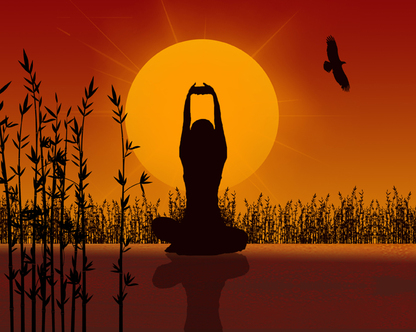
Yoga and Rehabilitation Exercise Class with Lori
At the Physi-Yogis we offer a 75 minute on Saturday 9:30am (for $20/class).
Clients interested in joining can sign in via our online booking system or call the clinic to RSVP.
In cases where there are any significant injuries, surgeries or movement restrictions that may limit your ability to perform the exercises described below, a physiotherapy assessment may be required prior to attending yoga so that appropriate substitutions or omissions can be made.
Yoga is the practice of developing one pointed focus. For 75 minutes on your mat that point of focus becomes your body. With the postures and exercises we practice, we are attempting to rejuvenate and re-align your spine. As you progress in this practice you will find you are able to neurologically engage and strengthen your core muscles thereby stabilizing and balancing your body.
With each conscious breath we are waking, cleansing and invigorating your central nervous, circulatory and respiratory systems. With attention and consideration to the body's movements we are exploring and unwinding muscle imbalances and freeing fascial (or connective tissue) body restrictions. We are also flexing, extending, twisting, and bending the body thereby churning and aiding the gastrointestinal system with digestion and elimination.
Beyond the body work we start to notice a sense of calm come to the mind. This is a state of meditation. A quietude and serenity of the body and mind together. A union. A Yoke.
This practice has been designed to be accessible to any beginner and even those recovering from chronic injury . Those with acute pain, recent injury or previous surgery are advised to seek a physiotherapy assessment prior to attending the yoga class. It is crucial that the instructor be aware of every injury or condition in the room. This asks of the body full available range of motion from every joint, and through repeated practice, over time they become easier and the body transforms. This practice is what your physiotherapist would want you thinking when you're doing yoga.
We have found in treating musculoskeletal injuries over the past 19 years and in studying and practicing yoga over the past 15 years, that the foundation or core muscles are the first areas that need to be strengthened and retrained. It is important for all beginners but particularly those recovering from injury to focus on posture and breath at all times, the full Asana or posture comes with time. One cannot build a strong house with a weak foundation. And one cannot fly before he learns to crawl, walk, and then run.
